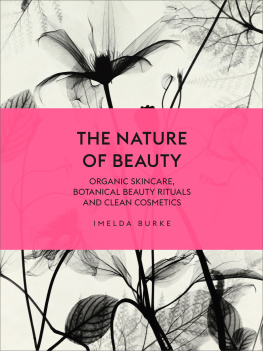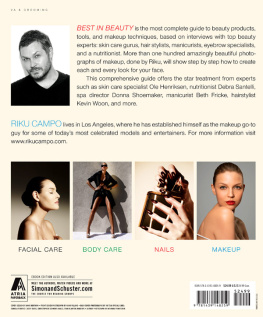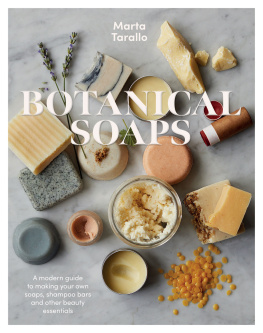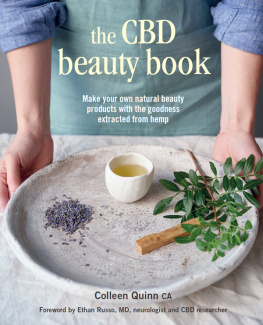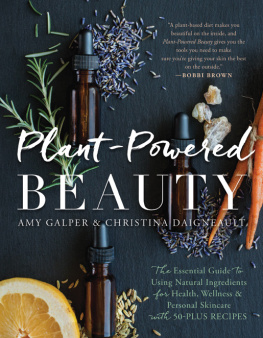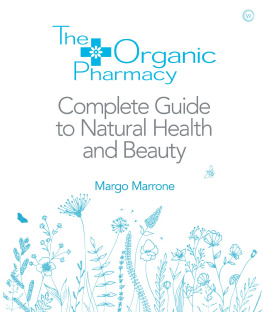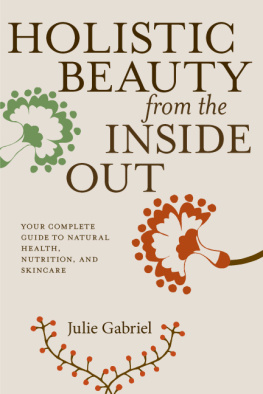ABOUT SEEKING HELP
Seek Qualified Advice
With all persistent skin conditions, I would recommend a trip to the doctor partnered with finding a reputable qualified naturopath or herbalist (degree level is good, diploma more common but not to be confused with a health or nutrition coach). Having both doctor and naturopath covers all bases. A doctor will be looking for acute symptoms of common conditions, while a naturopath generally has the time to look a little deeper and advise how different approaches from diet to lifestyle and herbal medicine can affect change.
Dosage is Everything
If you are looking to shift a chronic condition via dietary changes and supplements, you really need professional help with the correct nutrients to take. Many people are happy to prescribe supplements to themselves or let a friend prescribe from the latest article they have read in a magazine, with little to no consideration for the correct dosage or even the quality of the supplements. As with all things, dosage is key. Too much may throw things out of balance, while too little may have no effect. After all, we generally dont reach around the pharmacy counter to prescribe our own medicines, instead we let a professional choose and do the measures. So too should we really seek guidance on supplementation. While things can go wrong even in the world of naturals, its more the potential for them to not go right that I am concerned about. There is no point taking 100 micrograms of omega 3 for three months when to see an effect on the skin you may need 12 grams per day waste of time, waste of money. See someone to prescribe a therapeutic dose.
There are a growing number of doctors and dermatologists who have a holistic approach or class themselves as natural. I would start with one of these for a 360-degree approach, if you can find one in your area.
ACKNOWLEDGEMENTS
I was inspired to write this book by all the people I have met, worked with and learned from: the brand owners, practitioners and loyal customers who have been part of Content. A huge thank you goes to you all. The discussions we have had form the foundations of this book and, hopefully, it reads like those we have had on the shop floor.
A thank you from the heart to all the incredible people who have been part of the Content team. Without you this book, and Content, would not at all be possible.
Thanks to Michelle and Emma at the Soil Association who are always generous with their time. To the beauty editors, writers and bloggers who have supported us. The industry is filled with smart, funny women who know the power of a good product. None of them are to be underestimated.
This is the book I wish I had read more than 15 years ago. It was written with the hope that it will be shared between friends, sisters, mothers, aunts and colleagues. For everyone who reads and shares this book with others, thank you in advance for passing it on.
There is a saying that everyone has a book in them mine was determined to stay there. So a huge thank you goes to Laura Higginson who quite literally had to cajole me into putting Content into words it turned out there were lots of them!
To Kim, Craig, Rob, and their team at Newington Table. Thanks for all the great food/fuel and letting me live at yours while I got my words in order.
To my mother, whose childhood advice why would you want to look/be like anyone else, instilled in me from a young age an ability to question things. Without this I may not have questioned what I was putting on my skin.
To my sisters, Siobhan and Bridget, who tolerated me typing in the back of cars on day trips, up mountains or at the beach on holiday. Their wit, wisdom and generosity of time and ideas, make them the exact type of women you want as friends Im lucky to have them as sisters also.
To other family: Franklin, Gilbert, Bob, Tadhg, Jonasa, Viv, John, Felecia, the extended Burke, Hailes and Tomich families who have encouraged me and tolerated me being over-excited about moisturiser. To friends and Content supporters: Megan, Zoe, Emma, Cindy, Lou, Clare, Christina, Rebecca, Adam, Eve, Annie, Galina, Pedro, Ren, Greg and Denise, Jasmine and Melissa, Ella, Amelia, Emine, Caroline and Madeline (and more!) thanks for spreading the word!
And finally to Matthew, my much, much better half he deserves the biggest thanks of all. His generosity of time, trust and tolerance of my ideas is at super-hero levels. He never once questioned me creating something I believed in. He is responsible for me being content and just happens to have impeccable taste in facial oils.
After many years of a few determined voices championing this more holistic approach to beauty, the rest of the industry is catching up with even the big beauty brands preaching a dose of good health alongside their active ingredients. But how did we get the modern natural beauty brands we have today?
Just like once upon a time all our food was natural, so too was our skincare: plants, minerals, clays, rocks, charcoal and animal by-products (like honey or animal fats). Admittedly it wasnt all pretty (crushed bugs anyone?), but we knew where it came from and that it was from nature.
Recipes for domestic creams or kitchen cosmetics have been passed through history. The Egyptians gave us make-up in the form of kohl and minerals, Greeks gave us a holistic understanding of beauty, which stems from good health and harmony, and the Romans famously popularised bathing rituals giving us baths, body scrubs and oils. It was only in the nineteenth century that the commercial trade of luxury skincare made from milks, crushed plants and fats really emerged. There have been improvements thankfully ground lead sulphite and animal fat are no longer the mainstays of our eye liners or moisturisers but somehow we have lost sight along the way of what the true origin (and meaning) of skincare is.
Until three or four generations ago, most natural skincare fans would have been mixing up products in their own kitchen: maybe an apple cider vinegar hair rinse, an oat or sugar scrub or some sweet almond or rose oil as a moisturiser. They may have found a then small Swiss brand called Weleda and used some of their products, maybe shifting to Dr Hauschka in the late 1960s both pioneers in natural beauty product development. Fast forward to the millennium and a new breed of natural beauty brands arrived on the scene which were openly citing the ingredients they were choosing to avoid and switching them for natural versions.
Why did they take on this challenge? As it was with my own road into natural beauty (see ), I think it was to fulfil a personal need as well as to fill a gap in the market.
This shift towards being more conscious about your beauty choices often starts in your kitchen rather than your bathroom, with a shift in what you decide to eat. You might decide to avoid pre-made and packaged foods, searching for E numbers and synthetic colours on the label. From there its then a natural progression to considering the contents of other areas of your life your home and the environment (you might switch your cleaning products to eco-varieties or consider how the clothes on your back are made or what they are made from) and with this comes a new understanding about how what you choose to eat, do and use influences your health and the wider world.
Complementary, traditional and indigenous medicine practitioners and environmentalists have championed taking this 360-degree approach for a very long time. Interestingly, the switch to natural skincare was often the last on the list of changes made. But with an increase in the number of people drawing parallels between their diet and wanting a botanical approach to their skincare, the beauty industry is exploring ways to connect with the consumer in this more natural way. You can see it now in every beauty store or pharmacy you visit. Where once there may have been few choices, now many stores have own-brand naturally inspired ranges and many of the industrys trusted favourites have shifted their ingredients and sales language towards naturals.

